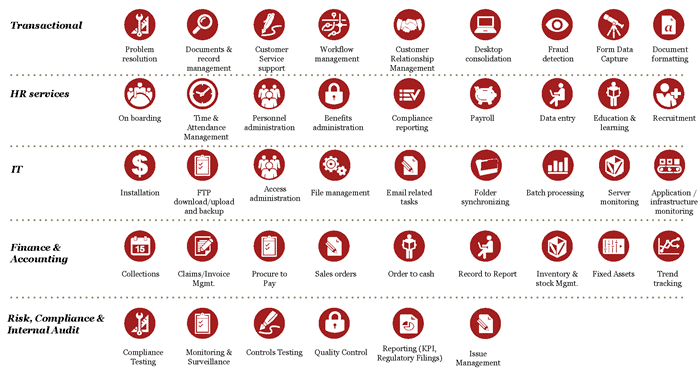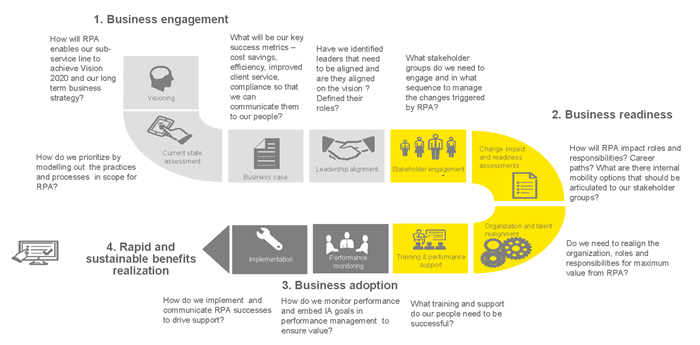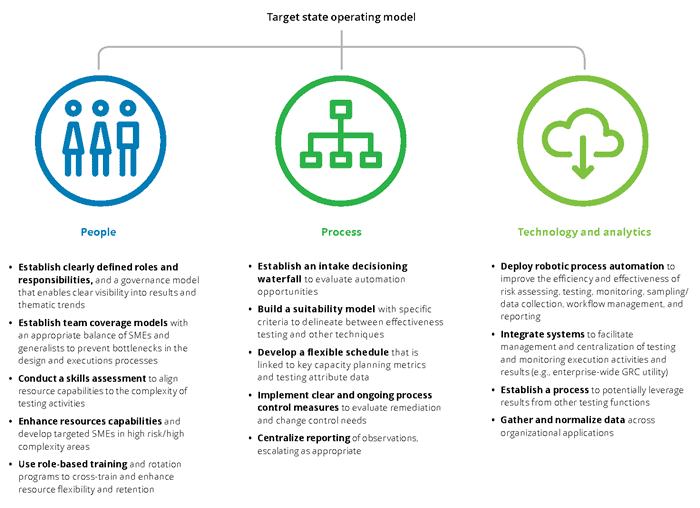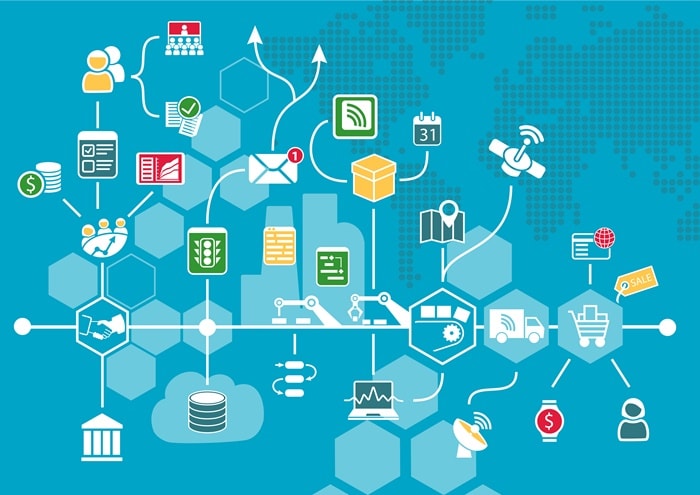Article by: Suwan Juntiwasarakij, Ph.D., MEGA Tech Senior Editor
Undeniably, automation has overtime been revolutionizing businesses ranging from front-ends to back-ends. For example, Amazon outlets make checkout-free shopping outlets possible, or Volvo’s accounts payables department deploys an automation systems capable of automatically generating over 2,000 supplier invoices daily. Developments in automation technologies from robotic process automation (RPA) to artificial intelligence (AI) are altogether transforming operational efficiency, productivity, and creating new revenue and customer experience opportunities. Companies are expected to invest significantly in pursuit of these gains. To illustrate, the market for cubicle artificial intelligence, AI for office and administrative, sales, professional, and management jobs, is expected to grow to $48.5 billion by 2021, according Capgemini Research Institute, and automation investments are also expected to deliver best values.
WHAT IS ROBOTIC PROCESS AUTOMATION?
Robotic process automation (RPA) is use of an intelligence software robot capable of handling tasks that only people could do in the past. Certain robot works, such as ERP, CRM, or web applications, allowing for quick and easy incorporation into processes. According to KPMG’s analysis, three classes of automation are identified as basic process automation, enhanced process automation, and the autonomic (or cognitive). Basic process automation refers solutions that are not new to business and deliver basic process automation of manual task such as service desks, order management, claims processing and invoicing.

Source: Robotic Process Automation (PricewaterhouseCoopers)
Enhanced process automation are solutions that offer enhanced process automation involving unstructured data and knowledge bases. Applications, some still maturing, include IT help desks, customer order completion and benefits claims processing. The autonomic or the cognitive refers to solutions that are sophisticated technologies involving cognitive machine learning, elements of AI, language processing and big data analytics. This emerging technology that thinks and learns like humans is designed to deliver research and innovation for self-service processes and complex service operations.

Source: Robotic Process Automation (PricewaterhouseCoopers)
RPA DEPLOYMENT FOR VALUE
There are three key steps for businesses to take as they embark on their journey to robotic process automations. Deloitte’s analysis identifies the key steps as vision and strategy for automation as followings. First, it needs to clearly define the vision and strategy for automation. As a first step, leaders should review the current state of the IA organization to understand where and how automation technologies can be embedded and to identify reasons for doing so. An organization’s vision and strategy for automation could span single application or an entire transformation. This can be achieved by addressing the concerns in terms of business engagement, business readiness, business adoption, and rapid and sustain benefits realization.

Source: Automation for the Intelligence Enterprise (Ernst & Young)
Second, companies have to build foundational infrastructure to support deployment of automation capabilities. This is necessary to facilitate an effective implementation, ongoing maintenance, and risk mitigation. It is important that the operating and governance framework is not designed in a vacuum, and that it aligns to enterprise standards and leading practices that exist within the organization. Third, the lastly, developing a target-state operating model to support and sustain automation. There are some key differences with respect to the interplay of people, process, and technology. Automation should consider where it stands with respect to these three components as illustrated as followings.

Source: Adopting Automation in Internal Audit (Deloitte)
TAKE-HOME MESSAGE
Before undergoing RPA implementation, it is crucial to strategize for the long term while build for the immediate term. Performing a major assessment of all of business functions and processes is not feasible in the short term. This is achievable through identifying a few area to start and build the roadmap via iterative loops through the RPA lifecycle. This allows businesses to move fast where appropriate while working to build a pipeline across all functions. It may be tempting to RPA everything, but only certain processes are suitable for RPA. By establishing benefit thresholds and think RPA as a capability or defer projects which need improvement, just not from Robotics.

